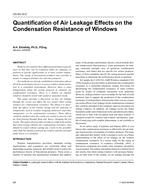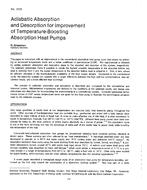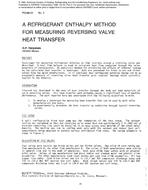Unforeseen variations in user behaviour can cause large differences between real and predicted heating demands in dwellings. While these discrepancies have been extensively documented in the literature, taking user behaviour into account in energy calculations remains challenging and could benefit from additional knowledge of the inhabitants’ interactions with their houses and systems.
In response to this need for additional knowledge, case-study analyses were carried out on two different neighbourhoods, both consisting of nearly identical houses: one old neighbourhood with uninsulated houses and one recent neighbourhood built according to contemporary energy regulations. Information on user behaviour, on the building characteristics, and on the resulting performance was gathered both by in-situ measurements and by surveys of the inhabitants.
Correlations and contradictions between presence, heating, and ventilation profiles were identified as decisive elements for a better estimation of real heating demands. However, the analysis also illustrated that it is hardly possible to fully isolate user behaviour from building characteristics and assess these as distinct entities. This is caused by the direct correlation between the household typologies and the building typologies as well as by the influence of building characteristics on the user behaviour.
Presented at Thermal Performance of Exterior Envelopes of Whole Buildings XII, December 2013
Citation: Thermal Performance of Exterior Envelopes of Whole Buildings XII
Product Details
- Published:
- 2013
- Number of Pages:
- 9
- File Size:
- 1 file , 4.5 MB
- Product Code(s):
- D-BldConf13-13


